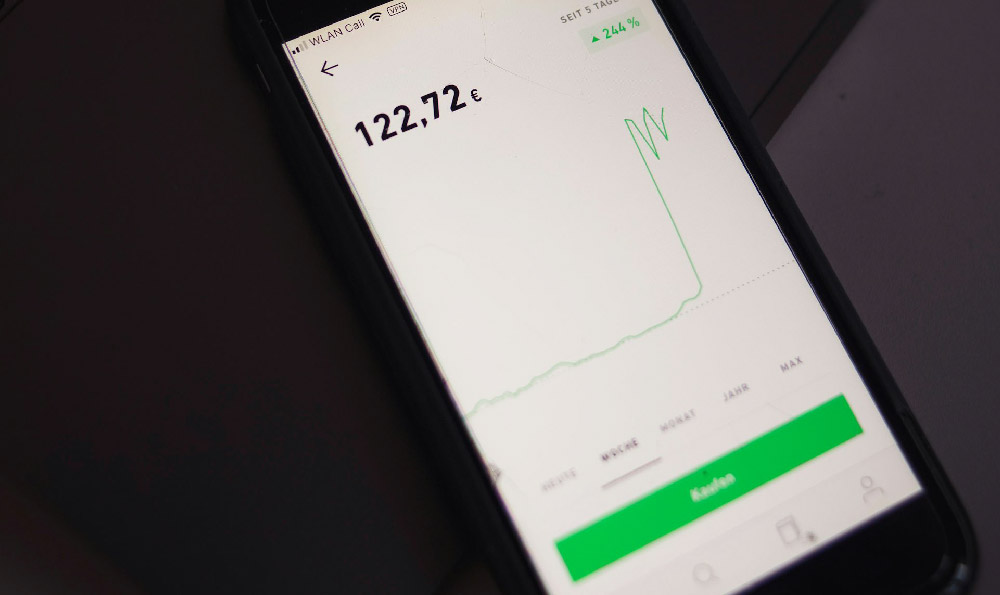Instacart has revolutionized grocery shopping, offering convenience and speed to consumers. But what about the people behind the scenes, the Instacart shoppers? Understanding their earning potential and the overall viability of being an Instacart shopper is crucial for anyone considering this gig economy opportunity. The income question is far from straightforward; it depends on a multitude of factors, painting a picture that is both nuanced and highly variable.
Location plays a significant role. Markets with higher population densities and greater demand for grocery delivery will naturally offer more opportunities for shoppers. Large metropolitan areas, bustling with busy professionals and families, tend to generate more orders and potentially higher tips. Conversely, smaller towns or rural areas may have fewer orders available, limiting the earning potential. Even within a city, different neighborhoods can exhibit varying levels of demand. Wealthier areas might have a higher propensity for using Instacart, leading to more frequent and larger orders. Therefore, a shopper operating in a densely populated, affluent urban center is likely to earn more than someone working in a less populated, less affluent suburban or rural area.
The time of day and day of the week also significantly impact earning potential. Just like any retail business, Instacart experiences peak hours. Weekends, particularly Saturdays and Sundays, are typically the busiest days for grocery shopping, resulting in a surge in order volume for Instacart shoppers. Evenings after work hours also tend to be peak times. Shoppers who are available during these peak periods are more likely to secure more orders and maximize their earnings. Conversely, weekdays during traditional work hours tend to be slower, potentially leading to fewer opportunities and lower income. Holidays also represent potentially lucrative times for Instacart shoppers, as many people prefer to avoid the crowds at grocery stores.

The size and complexity of orders also significantly impact earnings. Larger orders, involving more items and potentially requiring travel to multiple locations within the store, naturally take longer to fulfill and typically yield higher payouts. Similarly, orders with a high number of unique items or requiring special handling (e.g., delicate produce or frozen goods) may also be more lucrative. However, it's important to remember that larger orders can also be more physically demanding, requiring shoppers to lift heavier items and navigate crowded stores. Tips also play a substantial role. Instacart allows customers to tip their shoppers based on the quality of service provided. Excellent communication, careful selection of items, and timely delivery can all contribute to higher tips. Building a rapport with regular customers can also lead to increased tipping over time.
Beyond these external factors, a shopper's own efficiency and strategy can significantly impact their earnings. Experienced shoppers often develop strategies for quickly navigating stores, selecting items efficiently, and communicating effectively with customers. This allows them to complete more orders in a given timeframe, boosting their overall income. Acceptance rate also matters. Declining too many orders can lead to fewer opportunities offered by the Instacart algorithm. However, accepting every order, regardless of size or distance, might not be the most efficient strategy. Smart shoppers learn to balance acceptance rate with the profitability of individual orders, carefully selecting those that offer the best combination of payout and time investment.
Beyond just the income, one must also consider the expenses associated with being an Instacart shopper. These include gas, car maintenance, insurance, and self-employment taxes. Gas costs can vary significantly depending on location and the distance traveled for each order. Car maintenance is an ongoing expense that includes regular servicing, tire replacements, and potential repairs. Insurance costs may also be higher for drivers who use their vehicles for commercial purposes. Self-employment taxes, which cover Social Security and Medicare, can be a significant expense for independent contractors. Accurately tracking and accounting for these expenses is crucial for determining the true net income earned from Instacart. Failure to do so can lead to an overestimation of earnings and a potential financial surprise when tax season arrives.
Flexibility is a major draw for many Instacart shoppers. They can set their own hours and work around other commitments. This is particularly appealing to students, parents, and individuals seeking supplemental income. However, this flexibility also comes with a lack of job security and benefits. Instacart shoppers are not employees and are not entitled to benefits such as health insurance, paid time off, or retirement contributions. They are responsible for managing their own finances and securing their own benefits.
So, is being an Instacart shopper worth it? The answer is highly individual and depends on a person's financial goals, lifestyle, and tolerance for risk. For some, it can be a valuable source of income and a convenient way to earn money on their own terms. For others, the unpredictable nature of the work, the lack of benefits, and the potential for low earnings may make it a less attractive option.
Before committing to becoming an Instacart shopper, it's essential to do thorough research. Talk to other shoppers in your area to get a realistic understanding of the earning potential and the challenges involved. Consider the expenses associated with the work and factor them into your income calculations. Evaluate your own time availability and your ability to manage the demands of the job. Ultimately, the decision to become an Instacart shopper is a personal one that should be based on a careful assessment of the pros and cons. It requires a blend of entrepreneurial spirit, financial acumen, and a willingness to navigate the complexities of the gig economy. Only then can one determine if the potential rewards outweigh the inherent risks and challenges.












